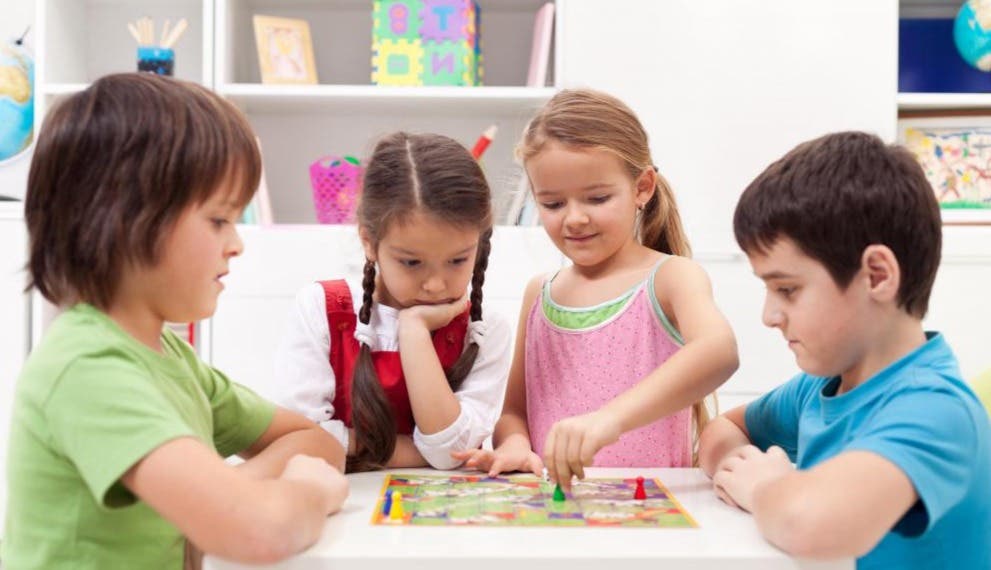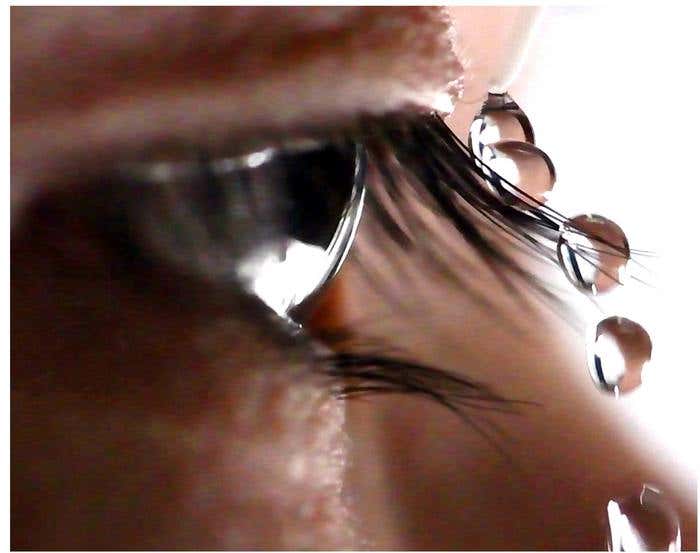Scientists reveal surprising activity that boosts child brain development
In many minds, education typically conjures images of exams, multiplication tables, and voluminous textbooks.

[Oct. 5, 2023: Staff Writer, The Brighter Side of News]
In many minds, education typically conjures images of exams, multiplication tables, and voluminous textbooks. (CREDIT: Creative Commons)
In many minds, education typically conjures images of exams, multiplication tables, and voluminous textbooks. But what if the way we perceive education is not in alignment with the optimal development of a child's brain?
Groundbreaking research in the field of neuroscience and child development is suggesting that play, often seen in stark contrast to work, may be a pivotal tool in the holistic development of children.
Jacqueline Harding, a renowned child development expert, in her seminal book, The Brain That Loves to Play, delves deep into the new revelations of neuroscience, challenging age-old educational paradigms and shedding light on the profound impact of play on the growing brain. The findings are not only illuminating but have profound implications for how we perceive childhood learning and development.
"It's tempting to think that formal education is the main driver when it comes to achievement in later life, but that is simply not true," Harding remarked in an interview with Newsweek, emphasizing the weight of her research. "Each thought and every action create a new connection in the brain."
Related Stories:
The human brain, during its early years, exhibits astounding neuroplasticity, making it incredibly adaptable and receptive to forming these new neural pathways.
As Harding elucidates, "Through play in childhood, we have learnt how to respond to the world, the environment, and others. We have unknowingly prepared ourselves for our futures."
However, it's important to understand that not all play is the same. Varied types of playful activities stimulate different regions and functions of the brain. A child engrossed in assembling a Lego set, for instance, is sharpening their spatial reasoning abilities. In contrast, children immersed in imaginary games are honing their social skills and emotional intelligence.
Imaginary games during childhood can help develop social skills. (CREDIT: santypan / Getty)
Drawing attention to the power of imagination, Harding states, "It is well established that imaginary play and creative pursuits offer up exciting biological and neurological benefits for both children and adults." She goes on to highlight a groundbreaking discovery: "One of the most striking [new] discoveries is the power of imagination to turn genes on or off inside the nerve cells which produce proteins that can subsequently change the very architecture of the brain. In essence, imagination is speaking to the brain in its language."
It is fascinating to note the confluence between imagination and perception in the brain. By merely visualizing a chat with a buddy, our brain exercises the neural pathways vital for such social interactions. "If that is repeated regularly, a new pathway in the brain is formed which then becomes the chosen route," Harding explains, emphasizing the adage, "Neurons that fire together wire together."
The purposes of this project were to determine mental training-induced strength gains (without performing physical exercises) in the little finger abductor as well as in the elbow flexor muscles. (CREDIT: ScienceDirect)
This profound neurological influence of imagination is not just limited to children. Several studies have illustrated that merely visualizing physical exercise can bolster muscle strength in adults.
The significance of play is further underscored when we delve into its role in shaping the prefrontal cortex, often dubbed the brain's "executive control hub." Harding illuminates this by stating that "this part of the brain is essential for regulating emotions, planning, problem-solving—not only for academic life but for navigating our way more easily through life's later challenges in general."
The significance of play is further underscored when we delve into its role in shaping the prefrontal cortex. (CREDIT: ScienceDirect)
The critical question we face today is: Are our educational frameworks and societal norms diverting children away from their intrinsic inclination towards play, thereby depriving them of these crucial developmental experiences?
Harding's words resound with urgency and insight: "It seems that the young child's body and brain are literally designed to be playful, and this is pivotal for its development. Children are naturally wired to play, and any sustained deviation from this masterful design comes at a price."
Researchers conclude that the mental training employed by this study enhances the cortical output signal, which drives the muscles to a higher activation level and increases strength. (CREDIT: ScienceDirect)
The dichotomy of work and play that has been deeply ingrained in our societal psyche needs a re-evaluation. The wealth of recent research paints a clear picture: the brain, irrespective of age, thrives on play.
"It is time that as adults we got on board with this notion too," Harding concludes, ushering in a clarion call for educators, parents, and policymakers alike to embrace and integrate the power of play in both pedagogical strategies and daily life.
For more science and technology stories check out our New Discoveries section at The Brighter Side of News.
Note: Materials provided above by The Brighter Side of News. Content may be edited for style and length.
Like these kind of feel good stories? Get the Brighter Side of News' newsletter.
Joseph Shavit
Head Science News Writer | Communicating Innovation & Discovery
Based in Los Angeles, Joseph Shavit is an accomplished science journalist, head science news writer and co-founder at The Brighter Side of News, where he translates cutting-edge discoveries into compelling stories for a broad audience. With a strong background spanning science, business, product management, media leadership, and entrepreneurship, Joseph brings a unique perspective to science communication. His expertise allows him to uncover the intersection of technological advancements and market potential, shedding light on how groundbreaking research evolves into transformative products and industries.



